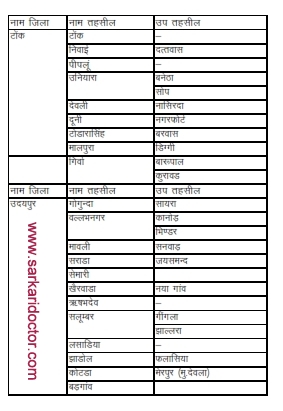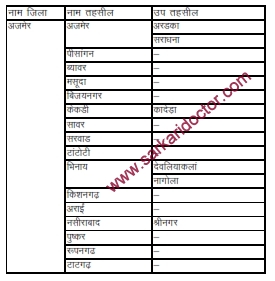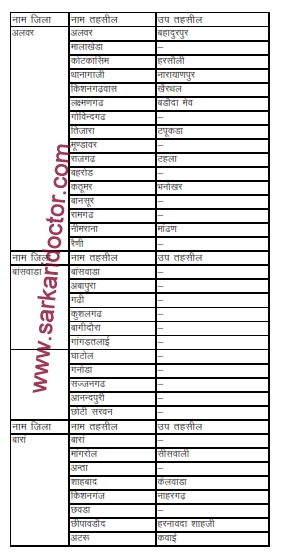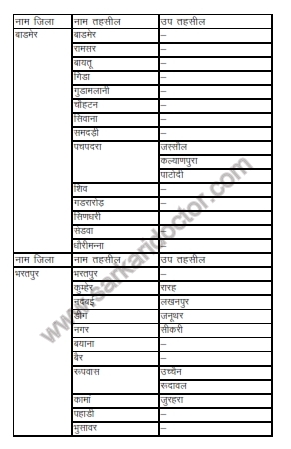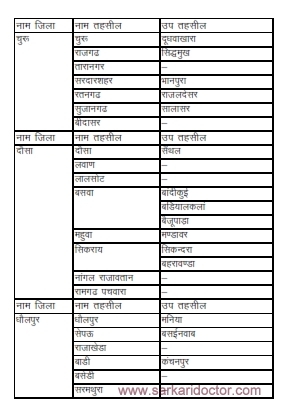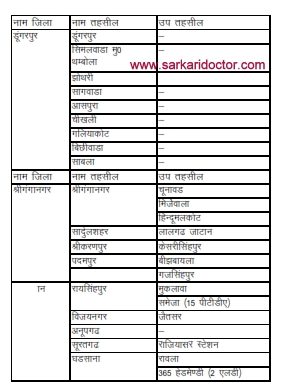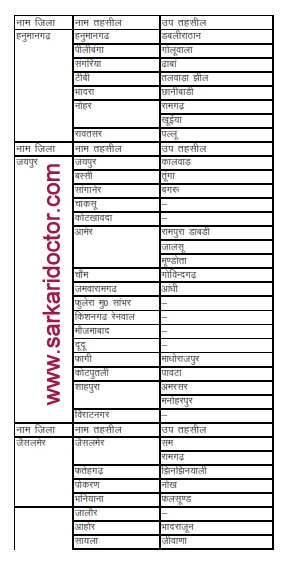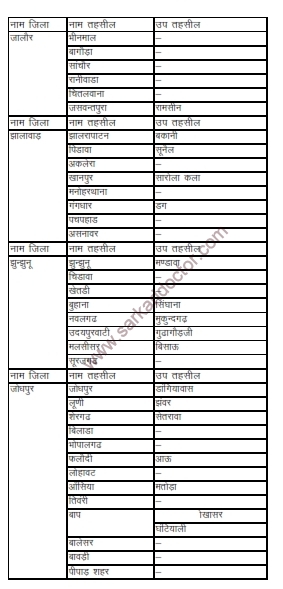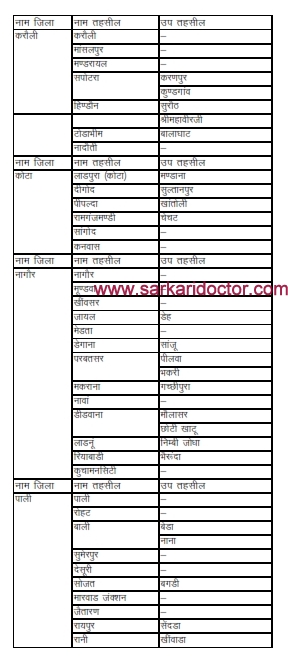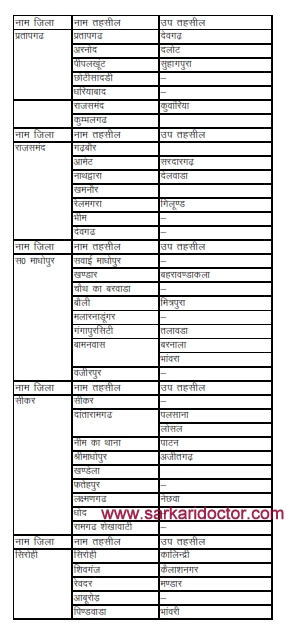Now taxable income can be calculated as follows –
Gross salary – total deductions = Taxable income
Beyond the 200000, has to pay 10% upto Rs.5,00,000, 20% there after upto Rs.8,00,000 and 30% in excess of Rs.8,00,000.
Rs. 5,00,000-8,00,000 Rs = Rs. 31,000 + 20% of (Total income minus Rs. 5,00,000)
Maximum deduction available is to the tune of Rs. 100,000. Assess your income to arrive at the amount you need to invest in this section. The investment avenues include; Contributory Pension Fund(CPF)/ Public Provident Fund (PPF) up to Rs. 100,000, National Saving Certificate (NSC), Life Insurance or ULIP premium, tuition fees paid for children’s education (2 children max), Equity linked savings schemes (ELSS), Post office saving deposit (POSD) and five year fixed deposits with banks among others.
Important –
Section 80CCD allows an employee, being an individual employed by the Central Government or any other employer, on or after the 1-1-2004, a deduction of an amount paid or deposited out of his income chargeable to tax under a pension scheme as notified or as may be notified by the Central Government, vide Notification F. N. 5/7/2003- ECB&PR, dated-22-12-2003.
However, the deduction shall not exceed an amount equal to 10% of his salary (includes Dearness Allowance but excludes all other allowance and perquisites).
Further where in the case of an employee receives any contribution in the said pension scheme from the Central Government or any other employer then the employee shall be allowed a deduction from his total income of the whole amount contributed by the Central Government or any other employer subject to limit of 10% of his salary of the previous year.
Taxation at the Time of out of pension scheme and treatment of Annuity :if any amount is standing to the credit of the employee in the pension scheme referred above and deduction has been allowed as stated above and the employee or his nominee receives this amount together with the amount accrued thereon, due to the reason of
(i) Closure or opting out of the pension scheme or
(ii) Pension received from the annuity plan purchased and taken on such closure or opting out then the amount so received during the FYs shall be the income of the employee or his nominee for that Financial Year and accordingly will be charged to tax.
Where any amount paid or deposited by the employee has been taken into account for the purposes of this section, a deduction with reference to such amount shall not be allowed under section 80C.
Further it has been specified that w.r.e.f 1-4-2009 any amount received by the employee from the new pension scheme shall be deemed not to have received in the previous year if such amount is used for purchasing an annuity plan in the previous year.
Employee Contribution :It is emphasized that as per the section 80CCE the aggregate amount of deduction under sections 80C, 80CCC and Section 80CCD(1) shall not exceed Rs. 1,00,000/- .
Government’s contribution : However the contribution made by the Central Government or any other employee to a pension scheme u/s 80CCD(2) shall be excluded from the limit of Rs.1,00,000/- provided under this Section.
Contribution by Govt /Employer to New Pension scheme /Contributed Pension scheme is taxable in the hand of Employee as perquisites :. Any contribution made by the Central Government or any other employer to the account of the employee under the New Pension Scheme as notified vide Notification F.N. 5/7/2003- ECB&PR, dated 22- 12-2003 referred to in section 80CCD above shall also be included in the salary income.
govt share should be added as income in salary income. However govt share is also eligible as deduction u/s 80CCD(2)
Example :
Salary =20000 DA=10000 Other taxable allowance =10000
Total Monthly =40000 Yearly 480000
Government’s contribution to NPS (CPF)=10% of 30000=3000= Yearly=Rs 36000/-
Employee contribution to NPS (CPF) =10% of 30000=3000=Yearly= Rs 36000/-
Employee invested 30000 in Insurance Policy eligible u/s 80C
PPF =44000
Computation of Income
Income from Salary = 480000/-
Add : Government’s contribution to CPF/NPS = 36000/-
Gross Total taxable salary (income) (A) = 516000/-
Less : Deduction u/s 80C
LIC : 30000
PPF= : 44000
employee’s share CPF : 36000 (80CCD)
Total = :110000/-
(but maximum one lac) =100000/-
Less :Government’s contribution to CPF deduction u/s 80CCD(2) =36000/-
Total deduction (B) =136000/-
Net Taxable Income (A) -(B)=516000-136000=380000/-
Reference – http://www.simpletaxindia.net/2012/10/deduction-new-pension-scheme-cpf.html#ixzz2DKmJqPhi
Tax Calculator –
http://law.incometaxindia.gov.in/taxcal/income_taxcalc.aspx
http://finotax.com/itax/calc-next.htm
switch the Tab to Income and Tax Calculator and put all your Income data’s.



